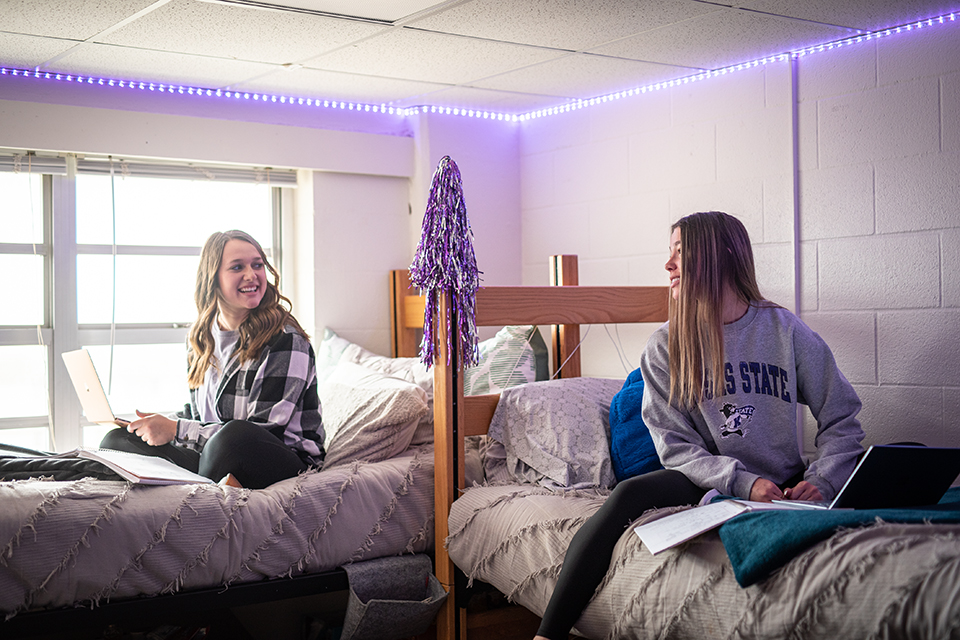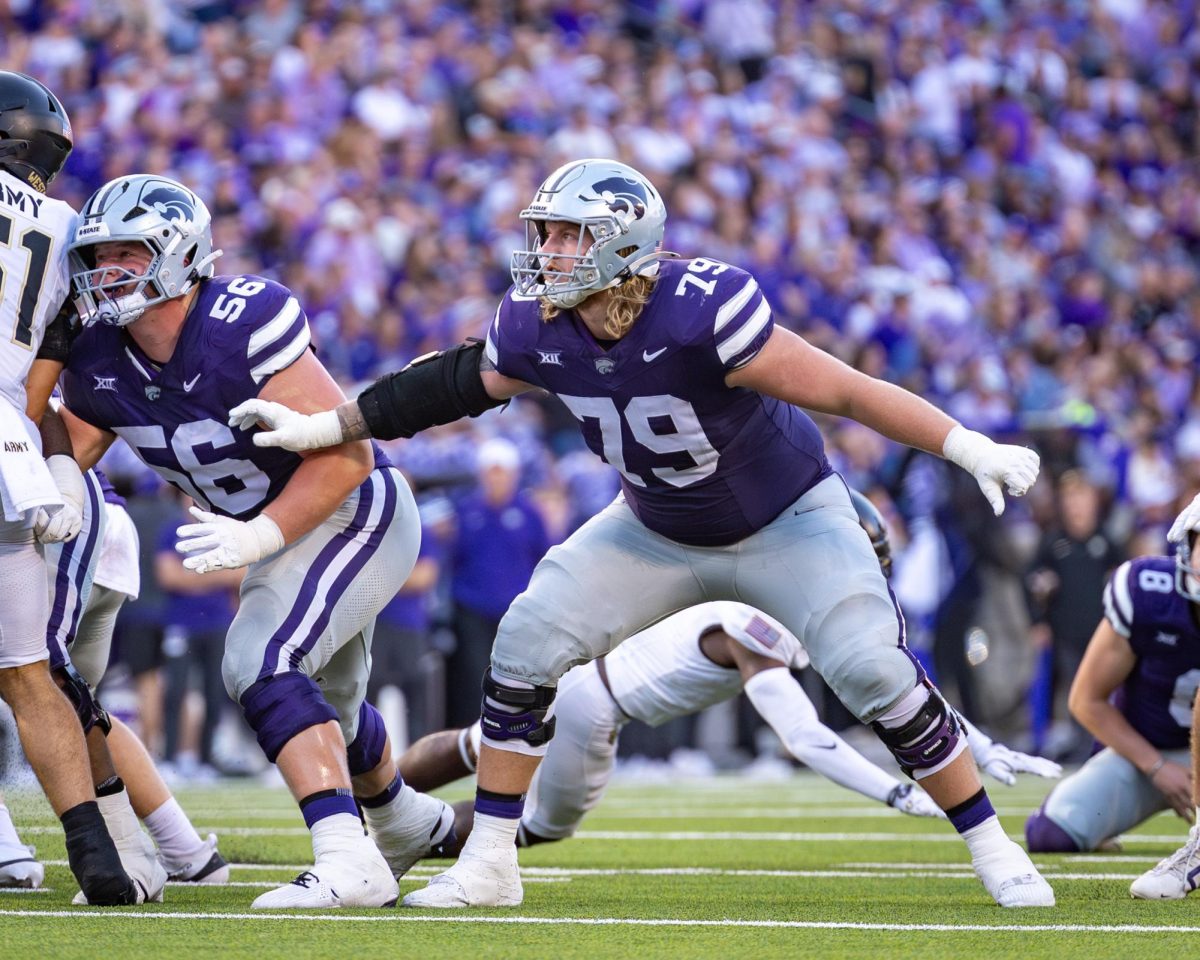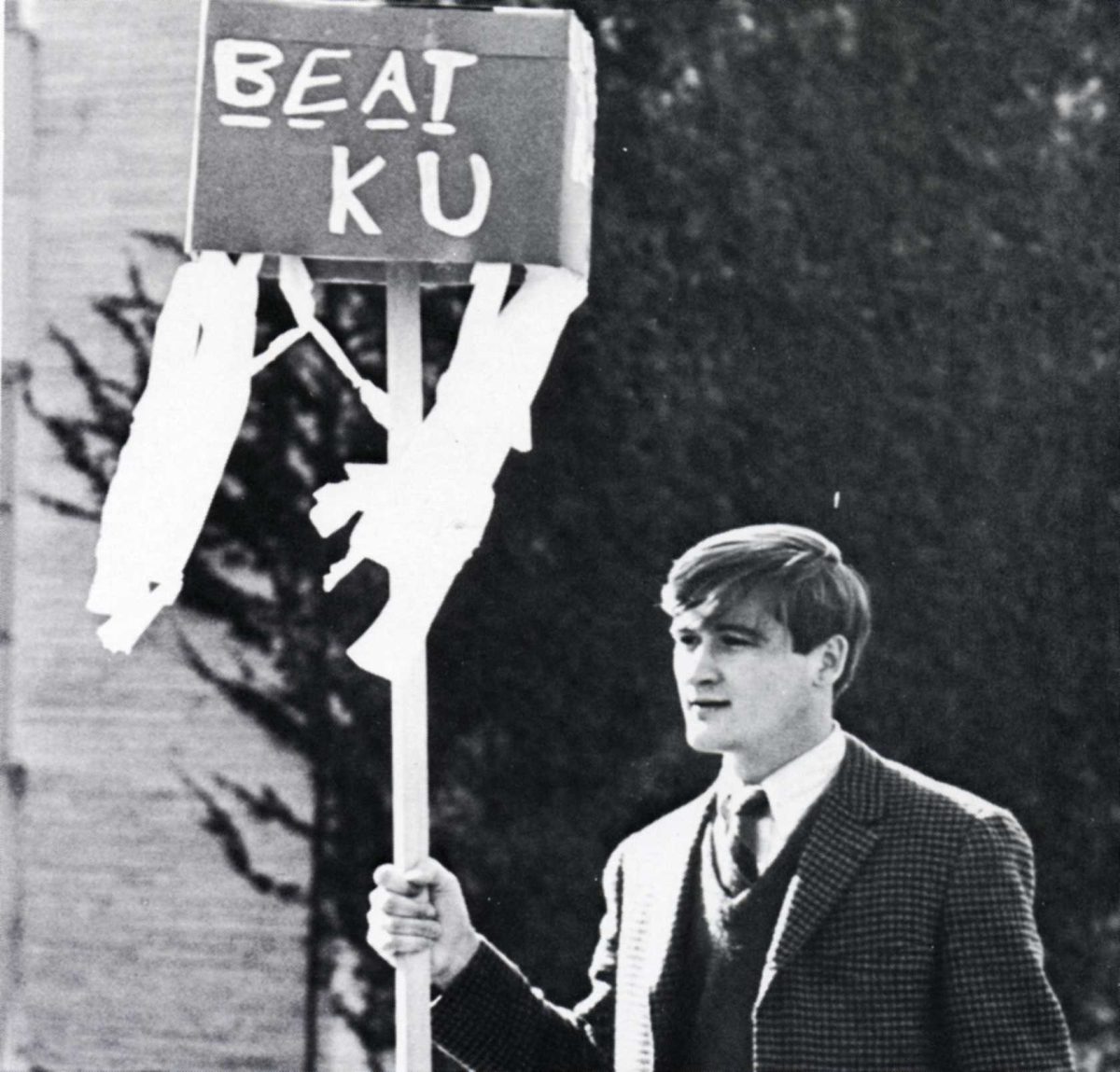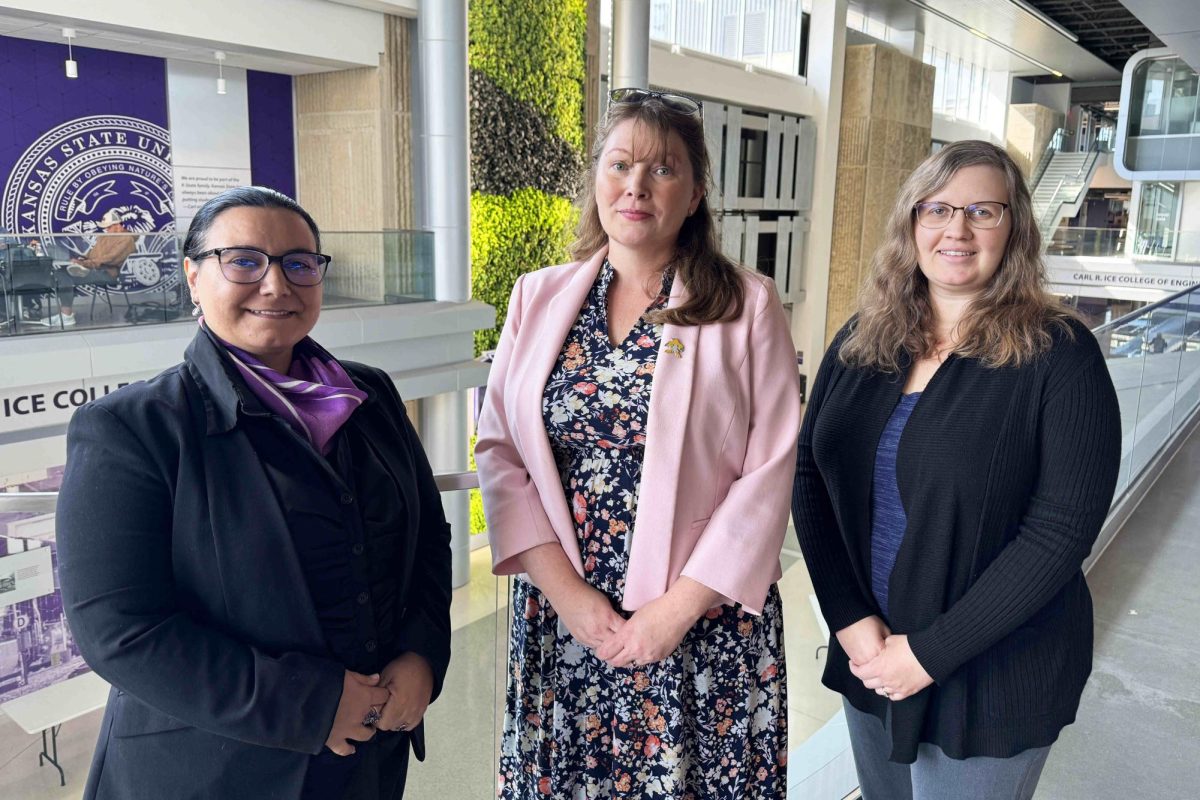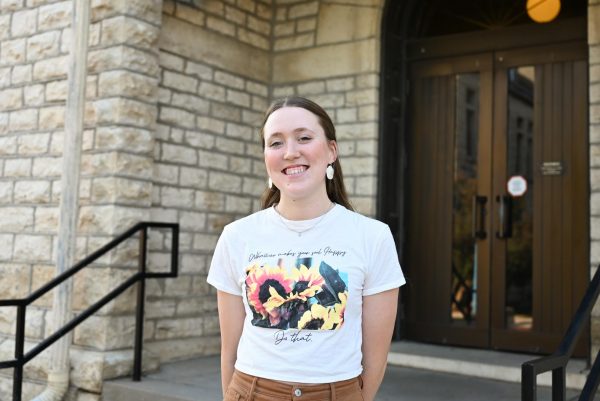Kansas State associate professor of mechanical and nuclear engineering Amy Betz was granted around $400,000 from the National Science Foundation in collaboration with the International Space Station National Laboratory to develop new models for predicting ice and frost formation, according to a K-State news release.
Betz, assistant dean for retention, diversity and inclusion, began her investigation of condensation and freezing “a little over 13 years” ago. She said the space station “rotates around in subject areas,” eventually deciding they wanted a study of phase change heat transfer.
“People have been studying this for 80 years, and we still don’t have a definitive answer, and this research might help us get that definitive answer,” Betz said. “So we were really excited.”
Betz works in conjunction with Melanie Derby, Dr. Charles E. Wilson chair in engineering and professor of mechanical and nuclear engineering; and Hande McGinty, assistant professor of computer science.
The research team uses tools such as AI and machine learning to help develop models.
“… It takes a lot of work to sift through all these videos,” Betz said. “So we, just in our lab from previous work, have thousands of hours of videos of droplets forming on surfaces. So the idea that we might be able to put together models that would allow us new insights into what was happening on the space station made it even more exciting for us.”
Kerry Garcia, senior in engineering, said his current role is to learn how to use Computer Numerical Control to help benefit the research.
“So it’s like a machine that machinists would use in order to create … parts or whatever else you need, designed out of metal,” Garcia said. “It works kind of like a 3D printer, but the opposite way. Instead of adding material onto itself, it subtracts it. So you start off with, like, imagine a big block of metal or whatever material you’re using, and then you cut away at it slowly to get the final design.”
Despite the pressure from working on such a large investigation, Garcia said he chooses to focus on his “small portion” of the project.
“I feel like sometimes when you focus … on the project as a whole, you can get overwhelmed,” Garcia said. “But since I have this smaller part of this bigger puzzle, it’s not as bad.”
Jane Turner, masters student in mechanical engineering, said the study focuses on how air molecules move.
“What we’re trying to investigate is how much the heat transfers, because part of that value, the part of the contribution to that value is from natural convection,” Turner said. “We’re trying to figure out through the experiment how much heat — the natural convection, which is due to gravity — affects how the frost forms.”
Turner said the research can be used in several aspects of everyday life.
“Condensation is something that’s really important for a lot of things, like HVAC,” Turner said. “You know, in the summertime, your condenser will freeze up, it’ll turn to a solid block of ice, and then doesn’t work anymore. So if we can figure out … these bigger driving mechanisms between how water forms on a surface, or how water condenses on a surface, and then how those water droplets grow into frost, and the size of how it grows, then we can engineer better things so that we don’t have issues with condensation freezing.”
Turner said she is excited about the opportunity to work on the research.
“I feel very lucky that I get to be a female in STEM that has two female principal investigators, and that … all the principal investigators on this research project are women, which is really cool,” Turner said.


